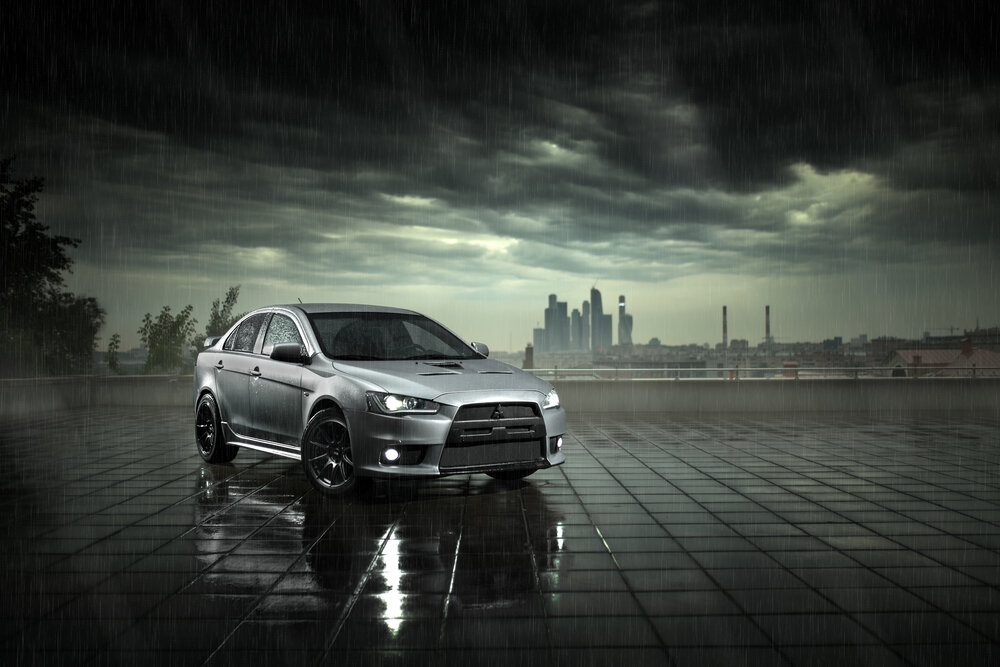The Mitsubishi Lancer, produced from 1973 to 2024, is a globally recognized compact car with a rich history spanning ten generations and over six million units sold by 2008.
Its production officially ended in 2017, except in Taiwan, where it continued until 2024, marking the end of the iconic nameplate after 51 years.
Performance-wise, the Lancer offered a range of engines, from a 2.0L producing 120 horsepower in 2007 to a high-performance 2.0L turbocharged engine delivering 303 horsepower and 305 lb-ft of torque in 2015.
Available in front-wheel drive (FWD) and all-wheel drive (AWD), the Lancer featured various transmissions, including 5-speed and 6-speed manuals, as well as continuously variable transmissions (CVT).
The 2.4L engine in the 2017 SEL AWD trim produced 168 horsepower and 167 lb-ft of torque, showcasing its versatility across trims and configurations.
Scroll down to explore detailed horsepower and torque data for the Mitsubishi Lancer.
Check out the Horsepower And Torque specifications for other makes and models.
Third to seventh generations: 1982-2003
Between 1982 and 2003, the Mitsubishi Lancer evolved from a Mirage-derived subcompact to a compact sedan with notable performance advancements.
By 2003, the Lancer offered a 2.0L engine producing up to 271 hp and 273 lb-ft of torque in its all-wheel-drive (AWD) configuration, paired with a 5-speed manual transmission.
This generation marked the introduction of AWD alongside front-wheel-drive (FWD) options, showcasing Mitsubishi's focus on drivetrain versatility and power output.
2003 Mitsubishi Lancer Horsepower
The Mitsubishi Lancer features a 2.0L engine with a horsepower range from 120 hp to 271 hp, depending on the configuration.
Torque varies from 130 lb-ft to 273 lb-ft, with the higher outputs associated with the all-wheel-drive variant.
All models utilize a 5-speed manual transmission.
2003 Mitsubishi Lancer Horsepower And Torque
| Trim |
Engine | Transmission | Drivetrain |
Horsepower @ RPM |
Torque @ RPM |
| ES Sedan |
2.0L | I4 | 5 Spd Manual | FWD |
120 hp @ 5,500 rpm |
130 ft-lbs @ 4,250 rpm |
| Evolution Sedan |
2.0L | Turbo | I4 | 5 Spd Manual | AWD |
271 hp @ 6,500 rpm |
273 ft-lbs @ 3,500 rpm |
| LS Sedan |
2.0L | I4 | 4 Spd Auto | FWD |
120 hp @ 5,500 rpm |
130 ft-lbs @ 4,250 rpm |
| OZ Rally Sedan |
2.0L | I4 | 5 Spd Manual | FWD |
120 hp @ 5,500 rpm |
130 ft-lbs @ 4,250 rpm |
2002 Mitsubishi Lancer Horsepower
The 2002 Mitsubishi Lancer is equipped with a 2.0L engine producing a consistent output of 120 horsepower and 130 lb-ft of torque.
This model features a front-wheel-drive configuration and is paired with a 5-speed manual transmission with overdrive.
2002 Mitsubishi Lancer Horsepower And Torque
| Trim |
Engine | Transmission | Drivetrain |
Horsepower @ RPM |
Torque @ RPM |
| ES Sedan |
2.0L | I4 | 5 Spd Manual w/OD | FWD |
120 hp @ 5,500 rpm |
130 ft-lbs @ 4,250 rpm |
| LS Sedan |
2.0L | I4 | 4 Spd Auto w/OD | FWD |
120 hp @ 5,500 rpm |
130 ft-lbs @ 4,250 rpm |
| OZ Rally Sedan |
2.0L | I4 | 5 Spd Manual w/OD | FWD |
120 hp @ 5,500 rpm |
130 ft-lbs @ 4,250 rpm |
 Mitsubishi Lancer
Mitsubishi Lancer
Popular Horsepower And Torque Ratings